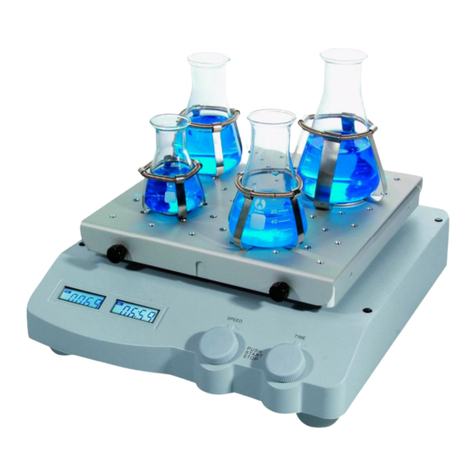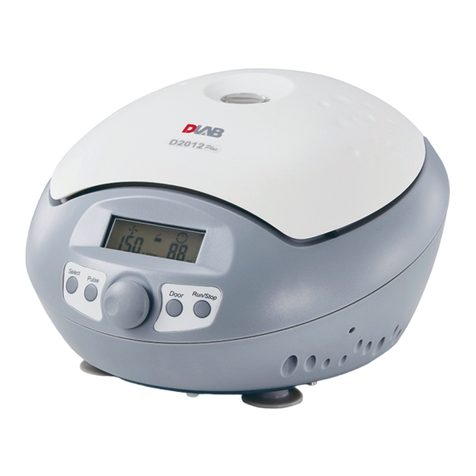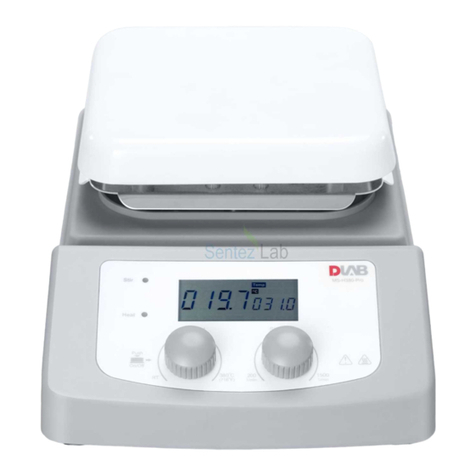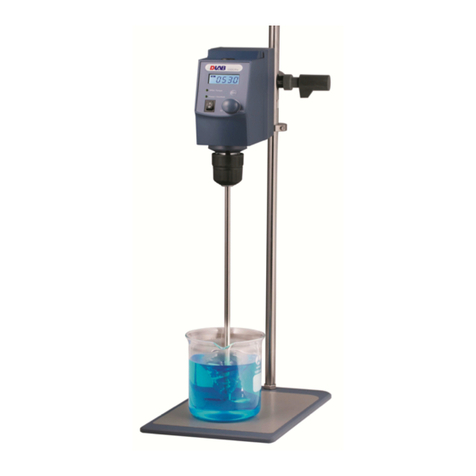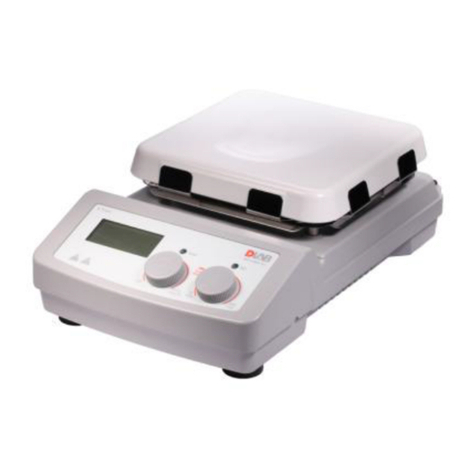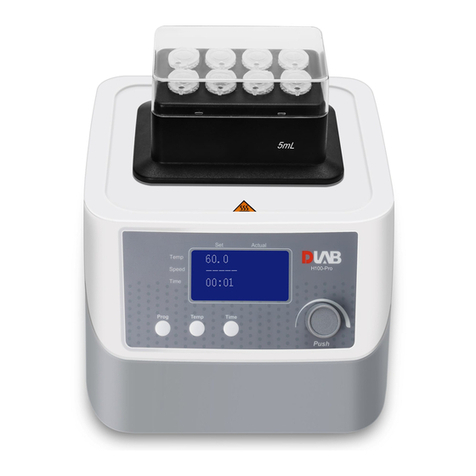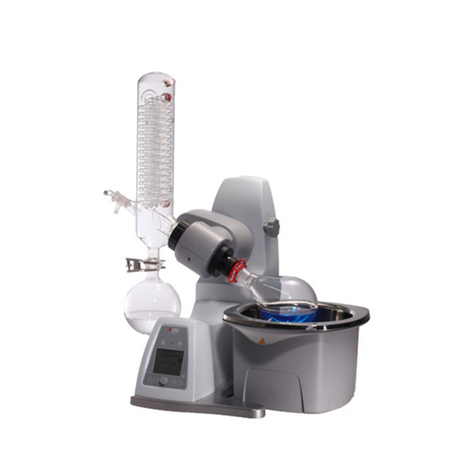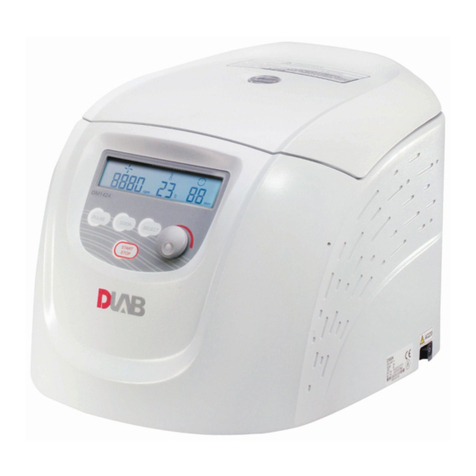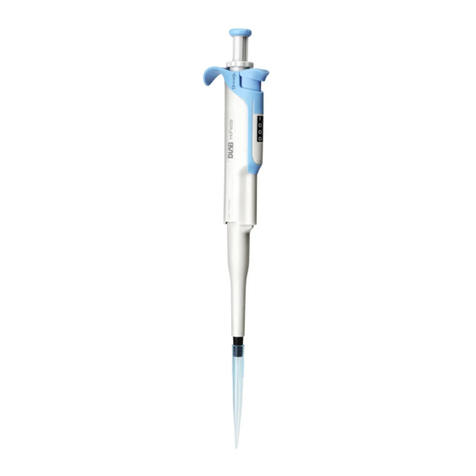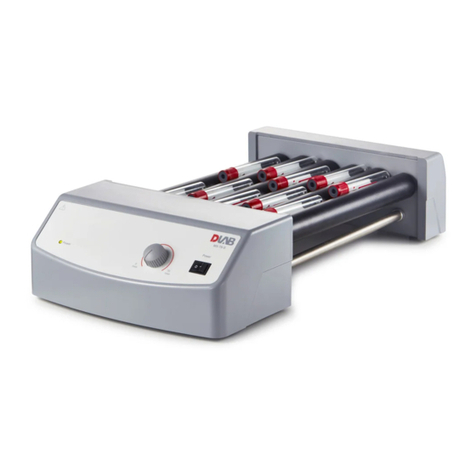Table of Contents
Safety Warnings .................................................................................................................................. 1
1. Performance indicators............................................................................................................... 3
2. Conformity to standards ............................................................................................................. 3
3. Environmental requirements ...................................................................................................... 3
3.1. Basic operating requirements ................................................................................................. 3
3.2. Transport and storage conditions........................................................................................... 4
4. Installation................................................................................................................................... 4
4.1. Mounting position................................................................................................................... 4
4.2. Connection between power cable and ground wire............................................................... 4
5. Structure...................................................................................................................................... 5
6. Operating panel........................................................................................................................... 6
7. Rotor preparation........................................................................................................................ 7
7.1. Prepare the samples to be separated..................................................................................... 7
7.2. Place samples into the centrifuge tube................................................................................... 7
7.3. Ensure the balanced centrifuge tube...................................................................................... 7
7.4. Check the rotor........................................................................................................................ 7
7.5. Insert the centrifuge tubes symmetrically onto the rotor in place without imbalance.......... 8
8. Operation .................................................................................................................................... 8
8.1. Normal operation.................................................................................................................... 8
8.2. RCF operation........................................................................................................................ 11
8.3. Set deceleration level............................................................................................................ 11
9. Maintenance and servicing ....................................................................................................... 11
9.1. Cleaning................................................................................................................................. 11
10. Common failures and solutions................................................................................................. 12
10.1. List of common failures......................................................................................................... 12
10.2. How to open the outer lid..................................................................................................... 13
11. Introduction to rotor and centrifuge tube ................................................................................ 14
11.1. Rotor description................................................................................................................... 14
11.2. Centrifuge tube ..................................................................................................................... 16
